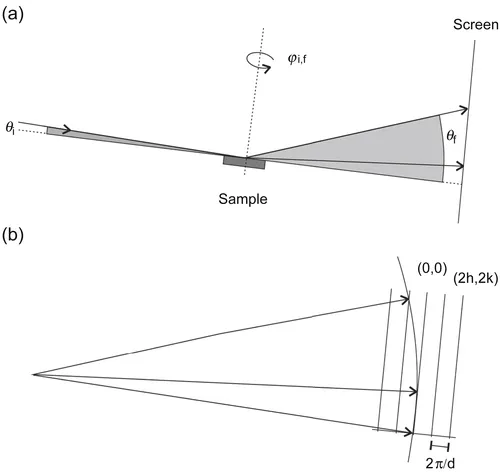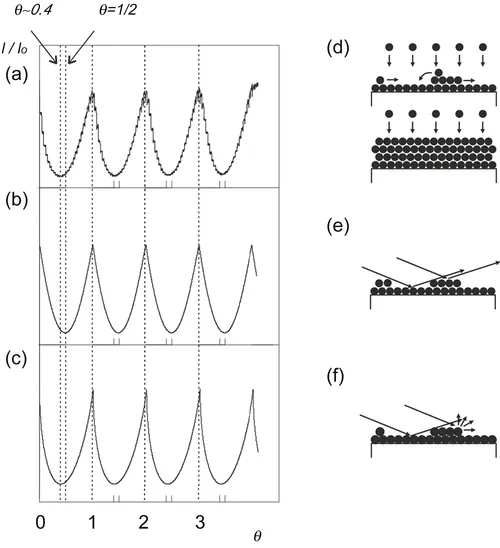
- 504 pages
- English
- ePUB (mobile friendly)
- Available on iOS & Android
Epitaxial Growth of Complex Metal Oxides
About This Book
The atomic arrangement and subsequent properties of a material are determined by the type and conditions of growth leading to epitaxy, making control of these conditions key to the fabrication of higher quality materials. Epitaxial Growth of Complex Metal Oxides reviews the techniques involved in such processes and highlights recent developments in fabrication quality which are facilitating advances in applications for electronic, magnetic and optical purposes.
Part One reviews the key techniques involved in the epitaxial growth of complex metal oxides, including growth studies using reflection high-energy electron diffraction, pulsed laser deposition, hybrid molecular beam epitaxy, sputtering processes and chemical solution deposition techniques for the growth of oxide thin films. Part Two goes on to explore the effects of strain and stoichiometry on crystal structure and related properties, in thin film oxides. Finally, the book concludes by discussing selected examples of important applications of complex metal oxide thin films in Part Three.
- Provides valuable information on the improvements in epitaxial growth processes that have resulted in higher quality films of complex metal oxides and further advances in applications for electronic and optical purposes
- Examines the techniques used in epitaxial thin film growth
- Describes the epitaxial growth and functional properties of complex metal oxides and explores the effects of strain and defects
Frequently asked questions
Information
Growth studies of heteroepitaxial oxide thin films using reflection high-energy electron diffraction (RHEED)
Abstract
Keywords
Electron diffraction; Step density model; Thin film growth modes1.1. Introduction: reflection high-energy electron diffraction and pulsed laser deposition
1.2. Basic principles of RHEED1

1.3. Variations of the specular intensity during deposition

1.3.1. Specular intensity oscillations
Table of contents
- Cover image
- Title page
- Table of Contents
- Related titles
- Copyright
- List of Contributors
- Woodhead Publishing Series in Electronic and Optical Materials
- Part One. Epitaxial growth of complex metal oxides
- Part Two. Properties and analytical techniques
- Part Three. Applications of complex metal oxides
- Index